Chung-Kuan Cheng
On Robustness and Generalization of ML-Based Congestion Predictors to Valid and Imperceptible Perturbations
Feb 29, 2024
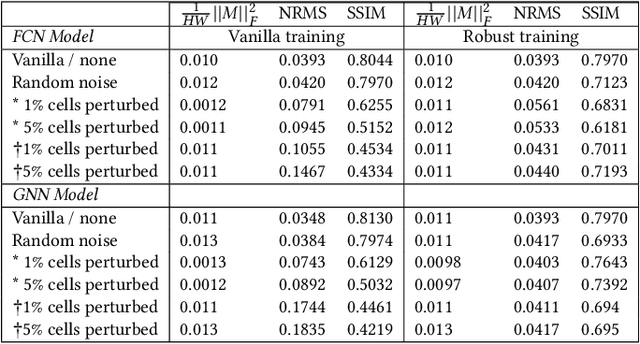


Abstract:There is substantial interest in the use of machine learning (ML)-based techniques throughout the electronic computer-aided design (CAD) flow, particularly methods based on deep learning. However, while deep learning methods have achieved state-of-the-art performance in several applications, recent work has demonstrated that neural networks are generally vulnerable to small, carefully chosen perturbations of their input (e.g. a single pixel change in an image). In this work, we investigate robustness in the context of ML-based EDA tools -- particularly for congestion prediction. As far as we are aware, we are the first to explore this concept in the context of ML-based EDA. We first describe a novel notion of imperceptibility designed specifically for VLSI layout problems defined on netlists and cell placements. Our definition of imperceptibility is characterized by a guarantee that a perturbation to a layout will not alter its global routing. We then demonstrate that state-of-the-art CNN and GNN-based congestion models exhibit brittleness to imperceptible perturbations. Namely, we show that when a small number of cells (e.g. 1%-5% of cells) have their positions shifted such that a measure of global congestion is guaranteed to remain unaffected (e.g. 1% of the design adversarially shifted by 0.001% of the layout space results in a predicted decrease in congestion of up to 90%, while no change in congestion is implied by the perturbation). In other words, the quality of a predictor can be made arbitrarily poor (i.e. can be made to predict that a design is "congestion-free") for an arbitrary input layout. Next, we describe a simple technique to train predictors that improves robustness to these perturbations. Our work indicates that CAD engineers should be cautious when integrating neural network-based mechanisms in EDA flows to ensure robust and high-quality results.
Semi-Supervised Laplacian Learning on Stiefel Manifolds
Jul 31, 2023Abstract:Motivated by the need to address the degeneracy of canonical Laplace learning algorithms in low label rates, we propose to reformulate graph-based semi-supervised learning as a nonconvex generalization of a \emph{Trust-Region Subproblem} (TRS). This reformulation is motivated by the well-posedness of Laplacian eigenvectors in the limit of infinite unlabeled data. To solve this problem, we first show that a first-order condition implies the solution of a manifold alignment problem and that solutions to the classical \emph{Orthogonal Procrustes} problem can be used to efficiently find good classifiers that are amenable to further refinement. Next, we address the criticality of selecting supervised samples at low-label rates. We characterize informative samples with a novel measure of centrality derived from the principal eigenvectors of a certain submatrix of the graph Laplacian. We demonstrate that our framework achieves lower classification error compared to recent state-of-the-art and classical semi-supervised learning methods at extremely low, medium, and high label rates. Our code is available on github\footnote{anonymized for submission}.
Using EEG Signals to Assess Workload during Memory Retrieval in a Real-world Scenario
May 14, 2023Abstract:Objective: The Electroencephalogram (EEG) is gaining popularity as a physiological measure for neuroergonomics in human factor studies because it is objective, less prone to bias, and capable of assessing the dynamics of cognitive states. This study investigated the associations between memory workload and EEG during participants' typical office tasks on a single-monitor and dual-monitor arrangement. We expect a higher memory workload for the single-monitor arrangement. Approach: We designed an experiment that mimics the scenario of a subject performing some office work and examined whether the subjects experienced various levels of memory workload in two different office setups: 1) a single-monitor setup and 2) a dual-monitor setup. We used EEG band power, mutual information, and coherence as features to train machine learning models to classify high versus low memory workload states. Main results: The study results showed that these characteristics exhibited significant differences that were consistent across all participants. We also verified the robustness and consistency of these EEG signatures in a different data set collected during a Sternberg task in a prior study. Significance: The study found the EEG correlates of memory workload across individuals, demonstrating the effectiveness of using EEG analysis in conducting real-world neuroergonomic studies.
Assessment of Reinforcement Learning for Macro Placement
Feb 21, 2023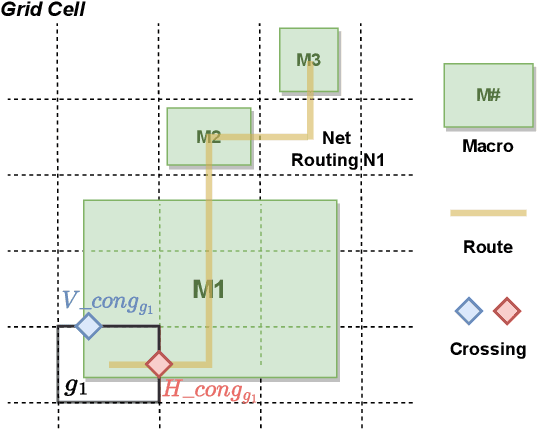
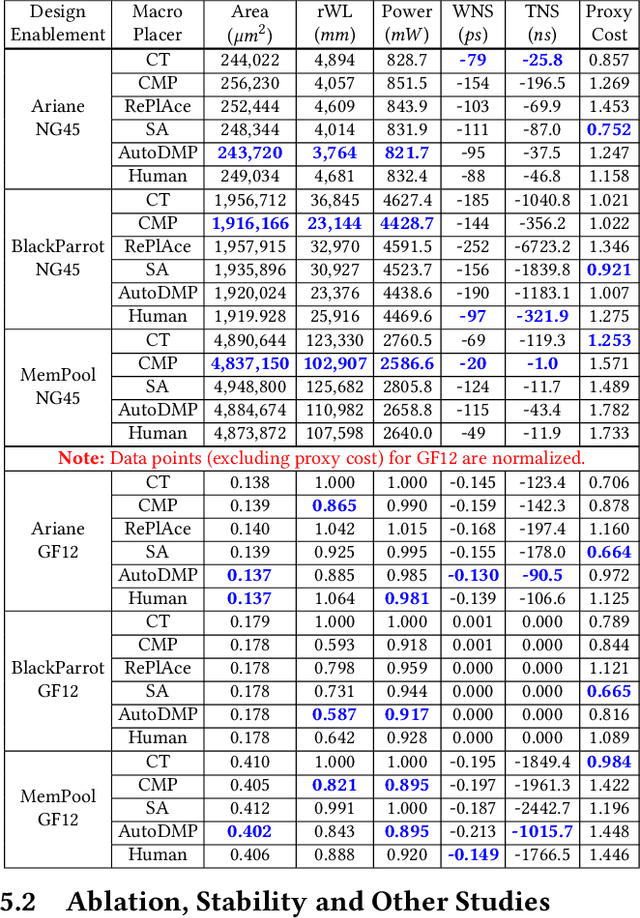
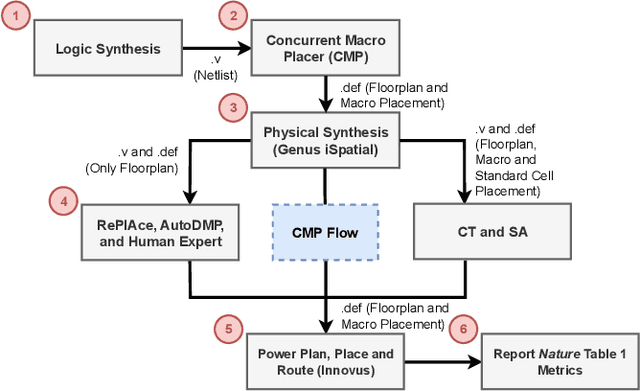
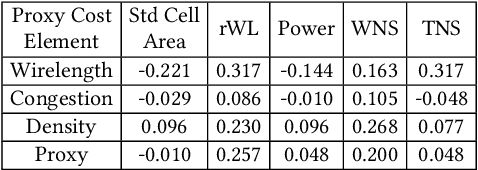
Abstract:We provide open, transparent implementation and assessment of Google Brain's deep reinforcement learning approach to macro placement and its Circuit Training (CT) implementation in GitHub. We implement in open source key "blackbox" elements of CT, and clarify discrepancies between CT and Nature paper. New testcases on open enablements are developed and released. We assess CT alongside multiple alternative macro placers, with all evaluation flows and related scripts public in GitHub. Our experiments also encompass academic mixed-size placement benchmarks, as well as ablation and stability studies. We comment on the impact of Nature and CT, as well as directions for future research.
 Add to Chrome
Add to Chrome Add to Firefox
Add to Firefox Add to Edge
Add to Edge